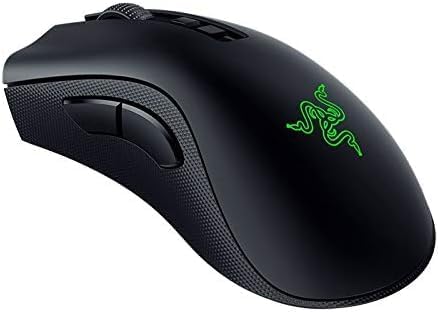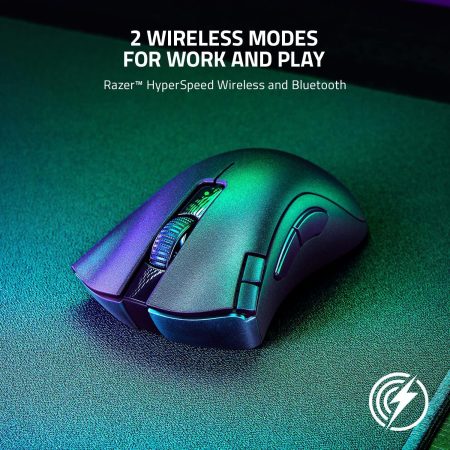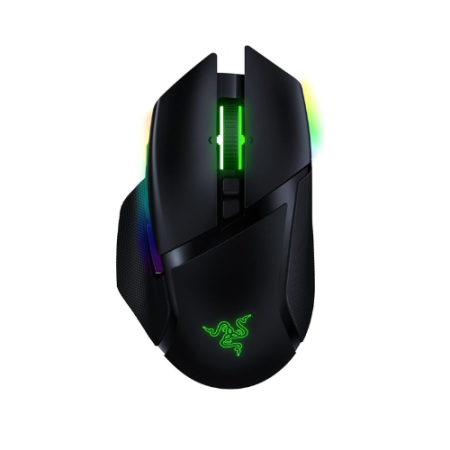The Basic Input Output System (BIOS) is the program a computer’s microprocessor uses to start the computer system when it comes on. It handles data flow between the operating system and other attached devices.
We’ve got you covered if you own an ASUS motherboard and are clueless about configuring it. Although specific steps may differ with certain models, the processes are straightforward.
This article will explain the steps to enter BIOS on your motherboard and make certain modifications.

How Does BIOS Work?
You can find a BIOS in computers as firmware on a chip on the motherboard. Unlike operating systems such as Windows, which is pre-installed, it is made available to the microprocessor by an erasable programmable read-only memory chip.
Its primary function is to boot the operating system, but it has other uses. BIOS also performs a power-on self-test (POST) to ensure that all hardware components in the system are functioning correctly. It helps to activate and operate other BIOS chips in cards, such as graphic cards in the system.
It works in the following sequence:
- Check the Complementary Metal Oxide Semiconductor (CMOS) Chip for Settings. It does this by accessing information stored in a tiny RAM located on the chip.
- Loads the interrupt handlers and device drivers
Interrupt handlers are tiny bits of software that function as a medium between the hardware and the operating system. Device drivers are other parts of software that recognize the base hardware components, like the mouse.
- Sets registers and power management
- Conducts POST on the system.
- Displays system settings
- Decides which devices should be boot
- Launches the bootstrap sequence
How to Configure BIOS on Your Asus Motherboard
As mentioned above, configuring BIOS on an ASUS motherboard is very straightforward. There are various ways to enter BIOS on your ASUS motherboard. Some of them include the following;
1. Using Dedicated Keys
Most ASUS systems use special keys, Del or F2, to access BIOS. Modern ASUS motherboards may only support UEFI setup, while older models support BIOS and UEFI.
Below is a simple guide to installing it:
- Turn off your computer.
- Switch the computer back on.
- When the ASUS logo is displayed on the screen, press the Del or F2 keys. You will find the keys to enter BIOS in the lower section of the latest models. Make sure you tap the keys before the windows boots.
- If the Windows logo does not show up, you’ve just successfully entered BIOS on your ASUS motherboard.
2. Using Windows Recovery Environment

Every Windows has a recovery environment that permits you to inspect and repair errors that cause booting issues. If you want to enter BIOS into your motherboard without turning off the system, the Windows Recovery Environment is the perfect process.
You can access the Recovery Environment through the following steps:
- Tap the Windows Icon on the taskbar.
- Click on the power icon.
- Press and hold the shift key, then click on restart.
- Wait till the blue screen appears on the screen.
If your computer runs on Windows 11, use the following method:
- Press Windows + I to open settings.
- Click on “System.”
- Tap on “Recovery”.
- Under “Recovery Options”, tap on “Advanced Startup.”
- Click the “Restart Now” button.
- The system will restart immediately and take you to the recovery environment.
Once the Windows Recovery Environment is open, take the following steps to enter BIOS mode.
- Find and select the “Troubleshoot” option.
- Click on “Advanced Options”.
- Search for UEFI firmware settings and tap it.
- Locate the “Restart” button and click on it.
- You should access BIOS after a few seconds.
Difference Between BIOS and UEFI
A lot of people confuse BIOS and UEFI all the time. They both help the computer to boot, but they are different. You may have encountered the term UEFI when entering BIOS into your system.
While both firmware is responsible for starting the computer, UEFI is more modern, has more features, faster boot times and support for hard drives over 2TB. BIOS, on the other hand, is the traditional firmware, is less feature-rich, and uses the MBR partition scheme. UEFI has a graphical interface, while BIOS uses beep codes and post messages.
Modifying and Customizing Settings on Asus BIOS

There are many settings you can explore and modify on your BIOS ASUS motherboard. Below are examples of significant settings you can customize on your computer.
- Main: This tab contains system information such as processor type, speed, memory, and UEFI version.
- Security: You can set the supervisor and admin passwords more securely. It also lets you enable and disable the Secure Boot Mode option.
- H/W: In this tab, you can check the central processing unit’s temperature, VRM temperature, DRAM voltage, and fan speed.
- Advanced: The advanced tab contains all the data on configuration files, including UEFI configurations.
- Tool: It allows you to modify RGB LED easily and enter device drivers.
- OC Tweakers: The OC Tweaker contains all voltage settings. You can change the voltage mode on CPU OCP, OVP, etc.
- Boot: You can set the boot feature to prioritize speed and control other booting settings.
- Exit: This tab lets you log out of BIOS mode in Windows. You can also change and override options.
What to Do When You Can’t Enter Asus BIOS
If you’re having problems getting into BIOS, here is what you can do:
1. Check if the Keys Are Functioning Well
In some cases, you may have dust and debris within the Delete or F2 keys, and they will prevent them from working well. You should take it off, clean it, and reattach it.
2. Disable Fast Startups
If you use Windows 11, you can enable fast startup. It prevents your system from completely shutting down. It may also boot your system before you can hit the dedicated key. Disable the options and try again.
3. Use a PS/2 Keyboard
If the legacy support is disabled on your ASUS motherboard, it may not open BIOS. You can resolve this problem by enabling the option again.
Conclusion
Accessing BIOS on your computer is simple. Follow the above instructions, and you should have it ready in a few minutes. If you still encounter issues, take your PC to a licensed professional for an in-depth inspection. They can easily detect and correct underlying problems.
It’s important to note that you should be cautious when making changes to your BIOS settings, as altering certain settings can cause your computer to stop functioning properly. If you’re unsure about a particular setting, it’s best to consult the documentation or contact technical support before making any changes.














